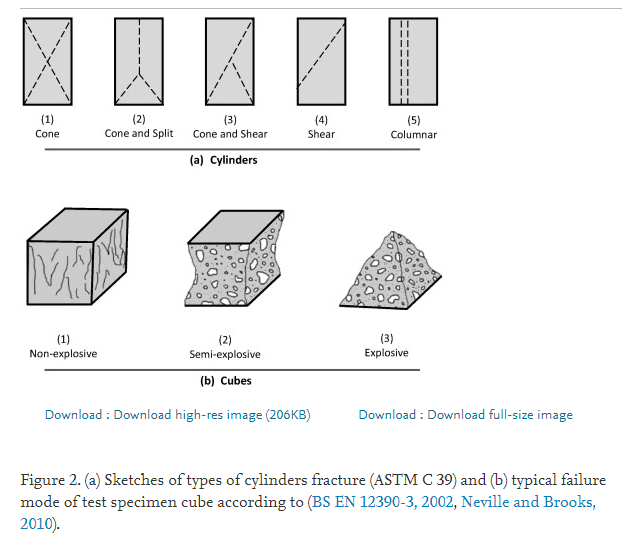ChooChooBridgeEngineer
Structural
Okay, here's a new one for me. A contractor has submitted a mix design for the proposed "concrete" on one of my projects. Their mix design consists of water, cement, and superplasticizer... No aggregates at all. This is being used to retrofit an existing railroad bridge, so they are proposing to mix all of this on site. They are casting a sizable amount of concrete. A 5' x 8' x 21' concrete collar around some existing steel piles. Has anyone seen something like this before? Below are some of my concerns.
[ul]
[li]It's not concrete, as called out in the plans. ACI, and every other document indicates concrete is a mixture of cement, water, and aggregates.[/li]
[li]No test data was provided to confirm mix design strength or slumps.[/li]
[li]With this much cement and no aggregate as a heat sink, I have notable concerns about excessively high heat of hydration.[/li]
[li]I question long term durability as well.[/li][/ul]
I'm planning on rejecting the mix design, but I'd like to have a firm foundation while doing it. Any additional insights are appreciated.
[ul]
[li]It's not concrete, as called out in the plans. ACI, and every other document indicates concrete is a mixture of cement, water, and aggregates.[/li]
[li]No test data was provided to confirm mix design strength or slumps.[/li]
[li]With this much cement and no aggregate as a heat sink, I have notable concerns about excessively high heat of hydration.[/li]
[li]I question long term durability as well.[/li][/ul]
I'm planning on rejecting the mix design, but I'd like to have a firm foundation while doing it. Any additional insights are appreciated.

